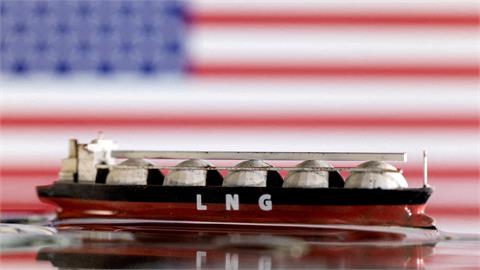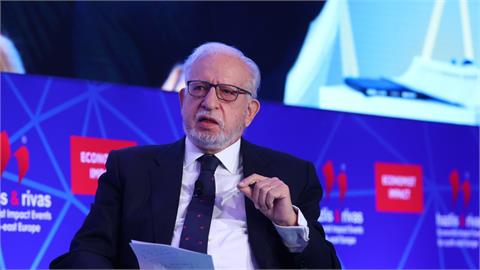The concept of US energy dominance has increasingly extended beyond domestic supply and into the realm of foreign policy. In SE Europe, this strategy manifests through efforts to strengthen energy security, diversify supply routes, and reduce reliance on Russian oil and natural gas. The US leverages its growing role as a major exporter of liquefied natural gas (LNG), alongside diplomatic initiatives, to position itself as both a supplier and a strategic partner for the region.
SE Europe is a key geopolitical region where energy policy intersects with security, trade, and stability. Countries, such as Greece, Croatia, and Turkiye, serve as gateways for new LNG terminals/FSRUs, gas interconnectors, and gas pipeline projects that connect the wider European market. US engagement supports these developments not only through commercial investment but also through political backing, aiming to create a more competitive and transparent regional energy market.
This approach reflects broader US objectives, including curbing Russian influence, supporting allies, and promoting clean energy transition, where possible. By encouraging infrastructure that accommodates LNG, renewables, and regional interconnectivity, the US presents its energy dominance not merely as economic leverage but as a tool of strategic reassurance. The result is a stronger alignment between US geopolitical interests and SE Europe’s long-standing demand for reliable, diversified, and secure energy supplies.
As mentioned in the current Analysis, which is available here, the rise of US energy dominance in SE Europe reflects both geopolitical reality and market dynamics. By supplying large volumes of LNG, crude oil, and advanced energy technologies, the United States positions itself as a key partner for countries seeking to diversify away from Russian energy dependence. For SE Europe, this creates opportunities to secure more reliable energy supplies, modernize infrastructure, and participate in transatlantic energy markets. LNG terminals, interconnectors, and joint nuclear development projects underscore the region’s growing strategic importance within both EU and US energy frameworks.
Looking ahead, US energy influence will continue to shape investment decisions, energy policy, and market structures in SE Europe. While short-term security benefits are clear, there are significant challenges to ensuring these imports align with long-term climate and decarbonization goals. The reliance on fossil fuel-based imports—even from the US—may conflict with EU Green Deal targets unless complemented by accelerated deployment of renewables, energy efficiency measures, and clean technology investments. SE European countries must carefully balance immediate supply needs with the imperative to transition toward low-carbon energy systems. On the other hand, the mass influx of LNG will help the various national energy systems to develop a more balanced energy mix. In this sense, natural gas is very much needed to provide reliable electricity base load, especially with rising RES penetration.




